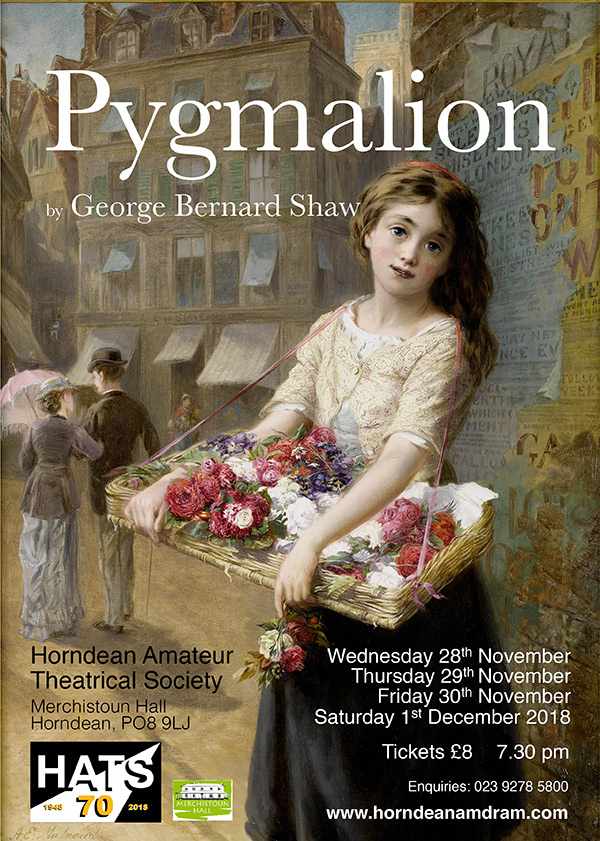

First of all, in Shaw's Pygmalion, Professor Henry Higgins is the most renowned man of phonetics of his time Higgins is also like Pygmalion in his view of women - cynical and derogatory: Higgins says, "I find that the moment I let a woman make friends with me, she becomes jealous, exacting, suspicious, and a damned nuisance." And whereas in the myth, Pygmalion carved something beautiful out of raw stone and gave it life, Shaw's Higgins takes a "guttersnipe," a "squashed cabbage leaf" up out of the slums and makes her into an exquisite work of art. When he reached home, to his amazement, he found that his wish had been fulfilled, and he proceeded to marry the statue, which he named Galatea.Įven though Shaw used several aspects of the legend, most prominently one of the names in the title, viewers, writers, critics, and audiences have consistently insisted upon there being some truth attached to every analogy in the myth. Consequently, at a festival, he prayed to the goddess of love, Aphrodite, that he might have the statue come to life.

Indeed, the statue was so perfect that no living being could possibly be its equal. However, he carved a statue out of ivory that was so beautiful and so perfect that he fell in love with his own creation. Shaw took his title from the ancient Greek legend of the famous sculptor named Pygmalion who could find nothing good in women, and, as a result, he resolved to live out his life unmarried.

The Source of the Title: The Legend of Pygmalion and Galatea


 0 kommentar(er)
0 kommentar(er)
